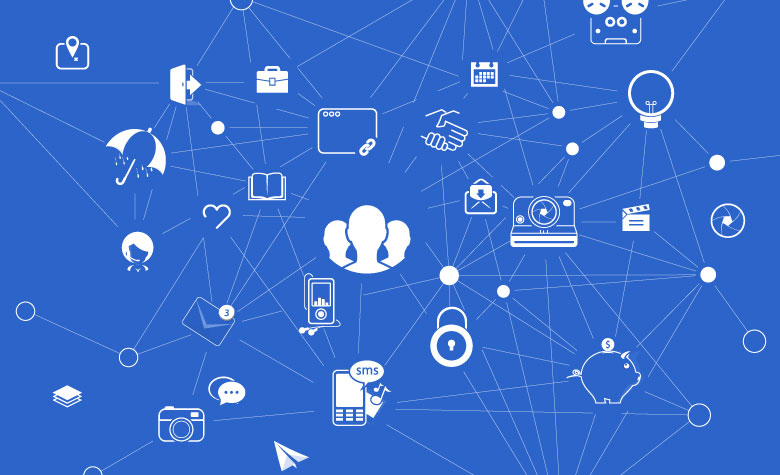SRM Validated by Salesforce’s “The Internet of Things
by Adam Kleinberg

Salesforce promoted examples of “The Internet of Things”. The idea that common daily items in our lives can feed data to us to better enhance our usage and create efficiencies. This idea is not exactly new since Disney’s EPCOT (Experimental Prototype City of Tomorrow) center has been talking about it for years yet opened October 1, 1982 and was dreamed up by a man who died in 1967. The work that GE, SONY, Frigidaire and others have been doing all these years is finally being put into practice now that salesforce and similar systems have offered a practical way of using the data.
At ChikPea, through our concept of Subscriber Relationship Management (SRM) we have been promoting the concept that services and solutions can and should be offered in ways that meet the market wishes to consume and pay. Our concept of SRM is about how we use things and how our usage tracking can be more than just a means of billing. At Dreamforce, I had the pleasure of speaking with Mark Mattox, the Director of Global Partner Solutions for Verizon Wireless. Verizon’s technology has been made available to connect anything from Police bicycles, commercial truck wheel sensors, to waste containers for the purpose of giving technical feedback to the support services who care for these devices. During our conversation, I spoke about the next step in using this data. Being the SRM evangelist, the first thing I thought of was, if a trash can can tell the sanitation department when to empty it, it can also tell city planners how much they are used, what their depreciation value is and where a higher cluster should be located. SRM is not just billing but usage reporting. If you are not using a service as much as you should, both the supplier and you the subscriber need to know why and how to act.
I must give credit to Bank of America and their ATM management command center. As a Bank of America associate in the old BASE center in Concord CA, I was able to see how the ATM’s were actually talking to the command center autonomously. They would not only tell the office of their money supply, but request field service technicians by them selves while at the same time, give the marketing office critical data on how much each device was being used throughout the day. When you consider the potential of what these common day Robots can do, and when companies like Verizon can transmit that data back to central databases for execution, the SRM solution is there to offer the report and subscriber communication needed to take action.
From an order management and provisioning perspective, SRM assists us in better planning and deployment. By knowing what has been delivered and put into use already at an end-user site, provisioning systems can compare that data to the available bandwidth or physical site potential, part of the provisioning agents work load could be automated and moved to near self-service. NTT brought an example of a network connected hospital toilet made by TOTO which is used to help diagnose cancer. These are quite expensive devices and their usage must be factored against a hospital stay if used in the US healthcare market. With the usage data coming from NTT’s database, a hospital can analyze the effectiveness of the devices’ deployment, automatically determine the asset lifecycle and create more effective deployment plans as wings and facilities are built or changed. Imagine MRI and Scanning devices self calculating their use, consumables levels, and depreciation? Our home printers do that today. On my plane ride home after the Dreamforce convention, I was lucky enough to sit next to a manager from the media and consumer printing division of Hewlett Packard. He reminded me that most HP printers you buy today include SureSupply. SureSupply automatically orders ink cartridge replacements and ships them to your home.
With the growth of SAAS, HAAS, and PAAS (Software, Hardware, and Platform as a service), and with the recent industry reports, SRM has been proven to be the future for both the B2B and the B2C market space. Come take a look at how ChikPea’s O2B and TOM systems are ready today.
